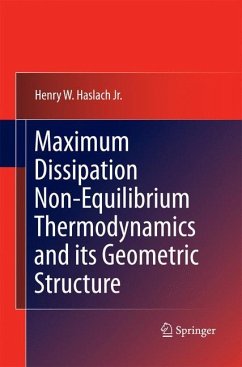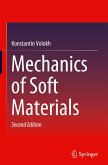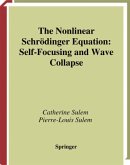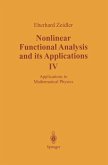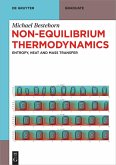Maximum Dissipation: Non-Equilibrium Thermodynamics and its Geometric Structure explores the thermodynamics of non-equilibrium processes in materials. The book develops a general technique created in order to construct nonlinear evolution equations describing non-equilibrium processes, while also developing a geometric context for non-equilibrium thermodynamics. Solid materials are the main focus in this volume, but the construction is shown to also apply to fluids. This volume also: -Explains the theory behind thermodynamically-consistent construction of non-linear evolution equations for non-equilibrium processes -Provides a geometric setting for non-equilibrium thermodynamics through several standard models, which are defined as maximum dissipation processes -Emphasizes applications to the time-dependent modeling of soft biological tissue Maximum Dissipation: Non-Equilibrium Thermodynamics and its Geometric Structure will be valuable for researchers, engineers and graduate students in non-equilibrium thermodynamics and the mathematical modeling of material behavior.
From the reviews:
"The author presents his construction of a geometric model for non-equilibrium thermodynamics and his maximum dissipation criterion which is assumed to complement the second law of thermodynamics. ... the author explores different concrete situations where his construction of a maximum dissipation criterion may be applied. ... This book will be interesting for researchers involved either in applied mathematics or in mechanics." (Alain Brillard, Zentralblatt MATH, Vol. 1222, 2011)
"The author presents his construction of a geometric model for non-equilibrium thermodynamics and his maximum dissipation criterion which is assumed to complement the second law of thermodynamics. ... the author explores different concrete situations where his construction of a maximum dissipation criterion may be applied. ... This book will be interesting for researchers involved either in applied mathematics or in mechanics." (Alain Brillard, Zentralblatt MATH, Vol. 1222, 2011)

